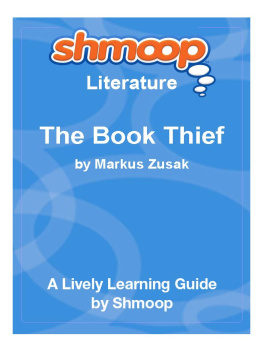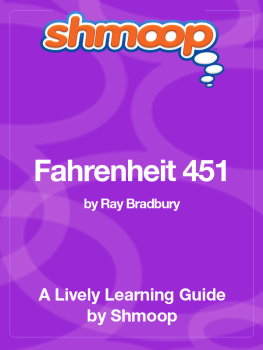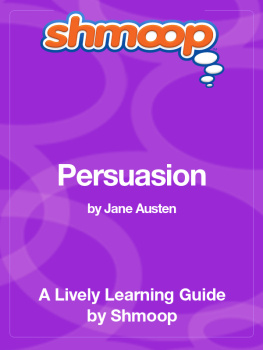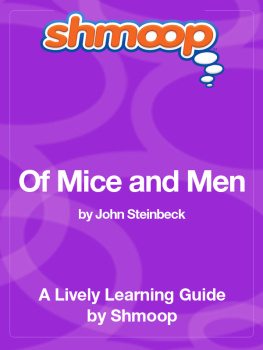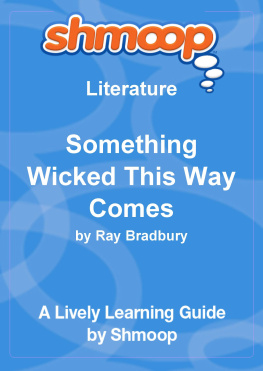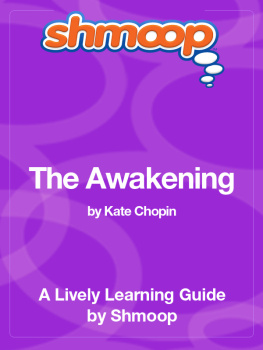
Table of Contents
In a Nutshell/Overview
The Book Thief was first published in Australia in 2005 and in the US in 2006. It's Australian author Markus Zusak's fifth novel, and it emerged on the scene when Zusak was only thirty years old. Winning a slew of awards, mostly in the Young Adult category, and selling at least a million copies, The Book Thief is monumentally increasing this young author's fame (source).
Liesel Meminger, a young German girl growing up in Nazi Germany, is the star of the show. She's also the chief book thief in the novel, which is narrated by Death. When Liesel's foster parents decide to give refuge to a young Jewish man hiding from the Nazi regime, the characters grow and change in horrible and beautiful ways.
Zusak took over three years to complete the piece and even went to Munich, Germany to research some of the finer points. He tackles all sorts of dicey issues concerning one of the most difficult topics ever - the Holocaust. This is the name for the large scale persecution and murder of some six million Jews along with other people considered "undesirable" by the Nazis.
Zusak's parents grew up in Germany during World War II and shared their stories of these times with Zusak. According to a review in the Guardian:
Zusak [...] has said that writing the book was inspired by two real-life events related to him by his German parents: the bombing of Munich, and a teenage boy offering bread to an emaciated Jew being marched through the streets, ending with both boy and Jewish prisoner being whipped by a soldier. (source)
You'll see definite echoes of the whipping incident in several crucial points in the novel, and you can read more details about the story Zusak heard here. In interviews, Zusak discusses an additional inspiration for the novel - tales of a real book thief in Zusak's hometown of Sydney, Australia (source).
At times hilarious (believe it or not), at times heartbreaking, The Book Thief is rich and creative. It's a heartfelt reminder of the power of words - they can destroy or heal, depending on how we use them.
What's Up With the Title?
The title most obviously refers to Liesel Meminger, the chief book thief of the story. She's officially given the title by her best friend Rudy Steiner at the end of Chapter 42. In this chapter, Liesel steals
The Whistler from Ilsa Hermann's library, the first of many such library raids. But, since Rudy is her accomplice, isn't he a book thief, too? Come to think of it, he's more than just an accomplice. He actual re-steals
The Whistler from the Amper River, where the second leader of the fruit stealing gang has thrown it after stealing it from Liesel (who stole it from Ilsa Herman).
Death, our narrator is also a book thief. When Liesel drops her newly completed memoir,
The Book Thief, after learning that all those she knows and loves on Himmel Street have died from bomb blasts, Death steals the book from a trash truck.
And then there's Max Vandenburg, the Jewish man hiding from the Nazis, who commits an ultimate act of figurative book thievery. He paints the pages of Adolph Hitler's book,
Mein Kampf, white and then sketches loving and frightening words and pictures of his life over the paint.
Hitler, while we're on the topic, is actually the biggest book thief of the novel. This becomes apparent in Part 2, which features a massive book burning in celebration of Hitler's birthday in 1940. (You can watch footage of an actual Nazi book burning here.) Of course, this is no isolated incident. Book burnings occurred throughout Germany, throughout Hitler's reign. Destroying the books was symbolic of the desire to destroy the people who wrote the books and the people represented in the books. Hitler's targets were primarily Jewish people, but he also went after communists, disabled people, homosexual people, Jehovah's Witnesses, Gypsies and others considered "undesirable" by the Nazi regime.
With every act of book-thievery, Liesel and her crew steal back whatever words and books they can from Hitler, and even steal his book from him (though he doesn't know it!). Although this doesn't (arguably) make a huge difference in the grand scheme of things, it makes a huge difference in the lives of these tortured characters. The novel cautions us - don't take your books for granted. Someone could steal them from you at any moment. And if someone does steal your books, will you be ready?
What's Up With the Ending?
From the beginning of
The Book Thief, Death, the narrator, foreshadows the bombing of Himmel Street. This terrible event kills all of Liesel's friends and loved ones. Well, not quite
all. One important person left in Liesel's life is Ilsa Hermann, the mayor's wife who gives Liesel access to a whole world of books. Her street isn't bombed, and Ilsa takes Liesel in, briefly, after Himmel Street is demolished. It's a pleasant and poignant surprise to see her reach out to Liesel in her time of need.
But, the real surprise comes after World War II has come to an end, when Max walks through the door of Alex Steiner's tailor shop, looking for Liesel. This happy reunion takes places in the Epilogue. And it's brief. At this point, we've already learned that Liesel dies in Sydney, Australia (Markus Zusak's hometown) after a long, happy life which includes a husband, three kids, and even grandkids. But, Max's story ends when he and Liesel are reunited shortly after the war. Some readers find this really exasperating. Max is such a loveable character and we want to know about the rest of his life.
Other readers wonder if Max is the man Liesel marries and starts a family with. We think the novel does leave open this possibility. Although the age difference (about ten years) makes this scenario potentially problematic, it's easy to see Max and Liesel becoming a couple in the future. It certainly seems like they can't live without each other, but whether this turns to romantic love, we can only wonder.
We also find it intriguing that Max is the only major character whom Death
doesn't describe coming for. Death says he came for Liesel "only yesterday" (85.3). Since the novel was first published in 2005, we can assume that yesterday is sometime in or around 2005. Liesel would be about 76 years old, and Max about 86, so it's possible he's still alive at the end of the novel.
But then again, maybe not. At the very end, Death takes Liesel's soul to Anzak Avenue, which is a real place in Australia, but maybe Death means an afterlife version. Anyhow, he takes her there and shows her
The Book Thief, her book. We are told, "A few cars drove by, each way. Their drivers were Hitlers and Hubermanns, and Maxes, killers, Dillers, and Steiners..." (88.13). Notice how Death seems to count Max among the dead. This means that Liesel must have suffered from his death, but that everybody will soon be reunited in the afterlife, at least according to Death's rather vague description of it.
Now, let's look at the novel's final lines, spoken of course, by Death: "I'm haunted by humans" (88.17). First, this is a cute pun. Humans are haunted by ghosts, and some might even say by Death. Death being haunted by humans is something to think about. Second, this is how Death answers Liesel when she asks if her memoir,
The Book Thief, (which he's finally returning to her) makes sense to him. We take that as a "yes." Like Liesel, Death is haunted by what humans have to go through, what they do to each other, but most of all by their acts of kindness and love.
At the start of the novel Death says that the most painful part of the job is seeing "the survivors," "the leftover humans," "the ones who are left behind, crumbling among the jigsaw puzzle of realization, despair, and surprise" (1.20, 1.21, 1.22). In other words, according to Death, it's easier to be dead than to be alive and deal with the loss of loved ones. Death is haunted by those humans, because he can't forget the suffering they face. In some ways, this is what Liesel's story,

